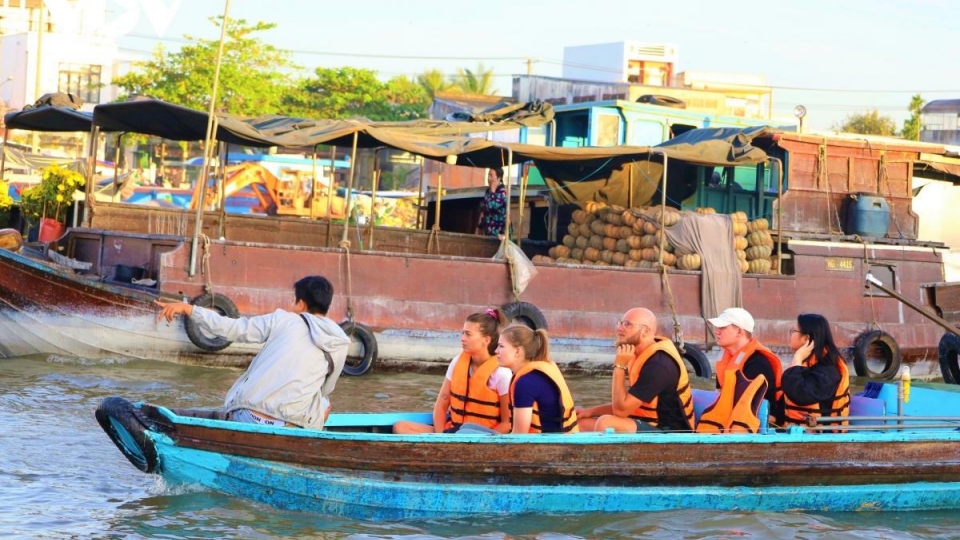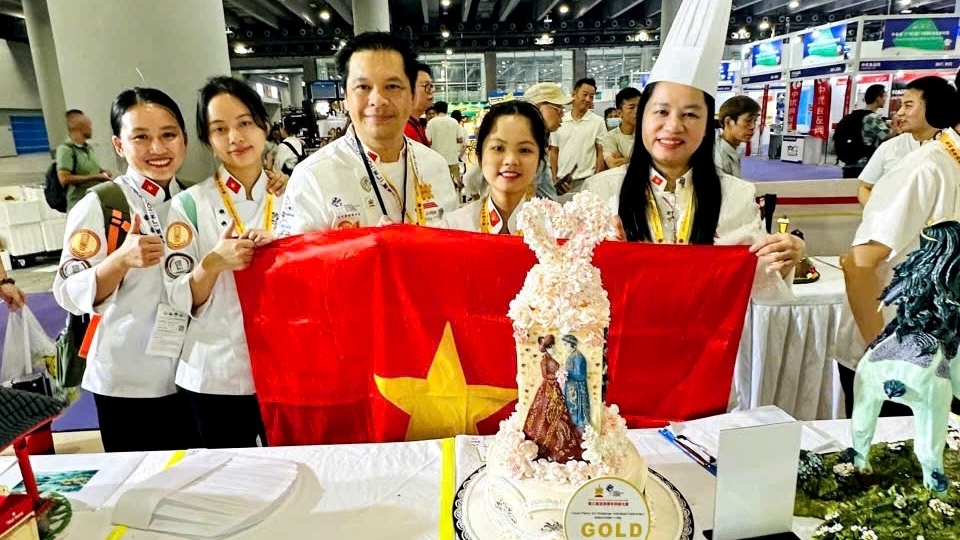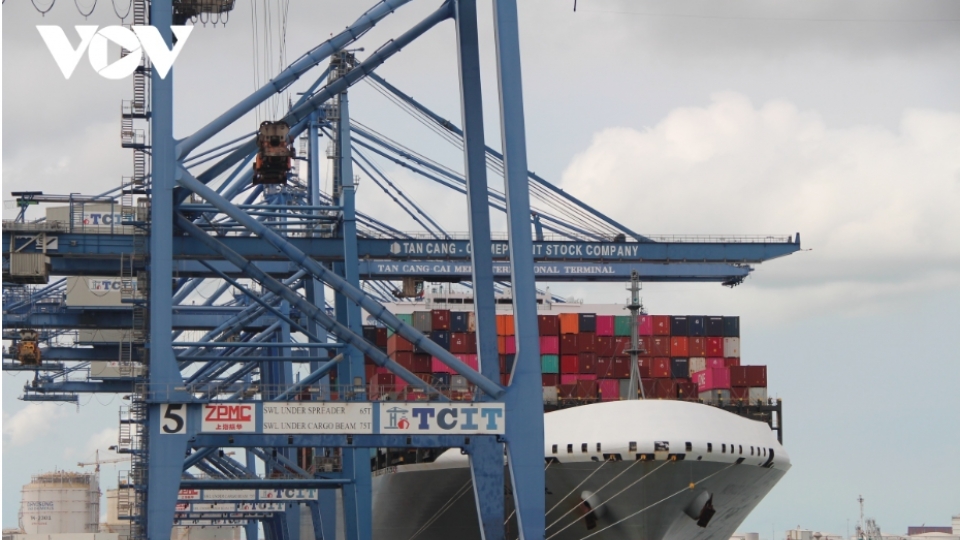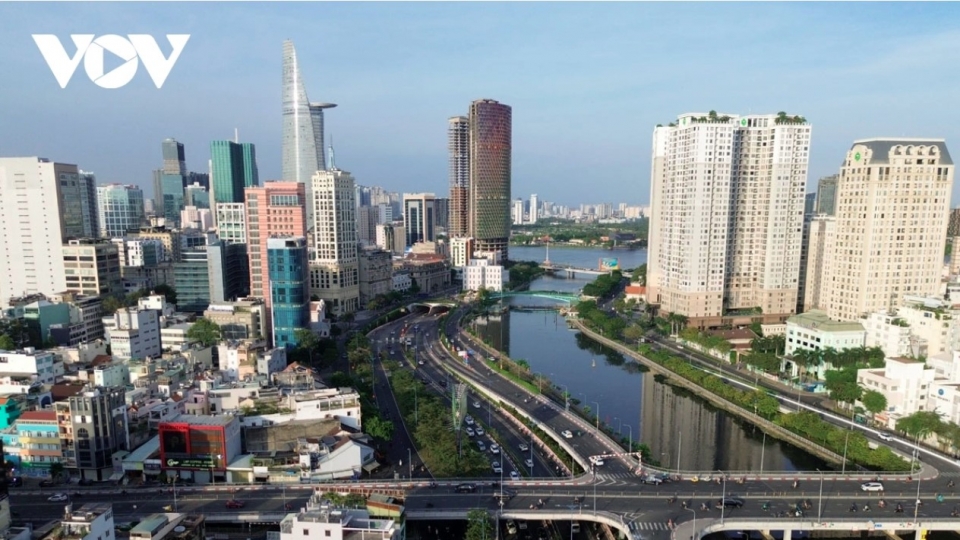Tag: export prices

Vietnamese rice export prices highest in Asia this week
VOV.VN - The average export price of Vietnamese rice rose to US$473 per tonne this year, the highest compared to those of other major rice exporting countries in Asia, according to the General Statistics Office (GSO).
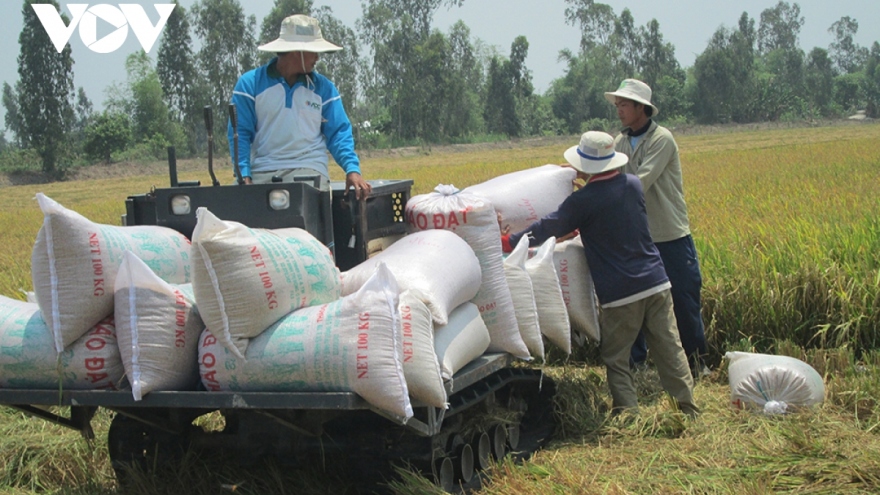
Vietnamese rice export prices on the rise globally
VOV.VN - The export price of Vietnamese rice in the first quarter of the year recorded an annual rise of 9.2% on average to reach US$531 per tonne, according to the Ministry of Agriculture and Rural Development (MARD).
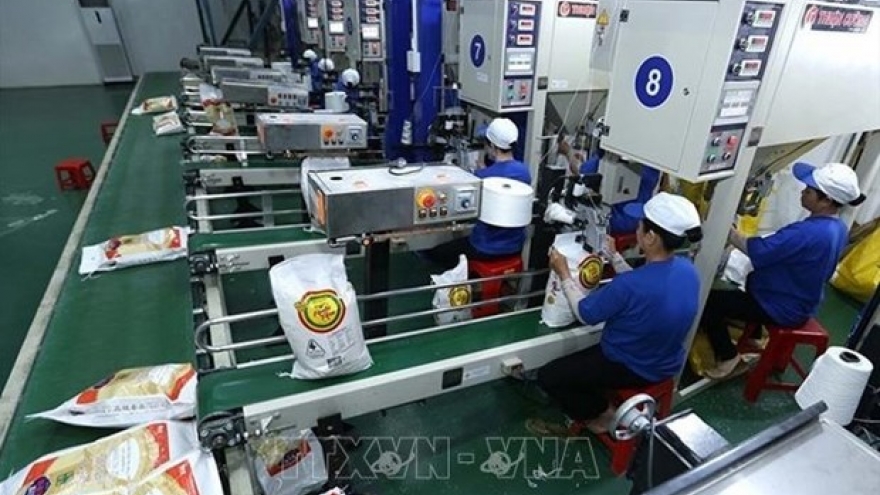
Export prices of Vietnamese rice up nearly 10%
The export prices of Vietnamese rice in the first two months of 2023 rose by 9.8% year-on-year to US$528.5/tonne, according to the Ministry of Agriculture and Rural Development (MARD).
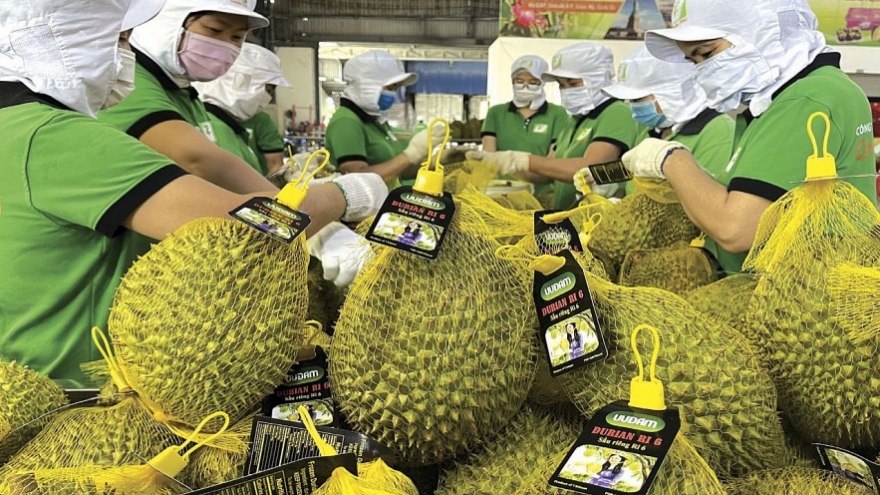
Positive outlook ahead for fruit exports in to Chinese market
VOV.VN - Following a recent sharp increase in terms of the export price of durians to China, there are bright prospects ahead for Vietnamese fruit and vegetable exports to the Chinese market this year, according to industry insiders.
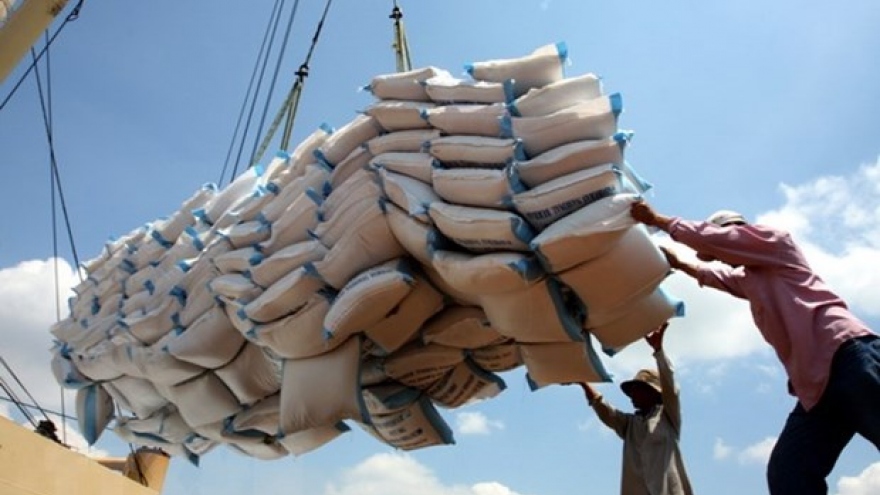
Vietnam’s rice sector expected to win big with exports in 2023
Vietnam’s rice sector is expected to hit big from exports this year, heard a conference held by the Ministry of Industry and Trade (MoIT) in Ho Chi Minh City on February 21.

Rice businesses receive fresh export orders despite high prices
VOV.VN - Despite the export prices of Vietnamese rice recording a two year high, importers have put in bulk orders following the recent week-long lunar New Year break in Vietnam, signaling another fillip year for rice businesses.
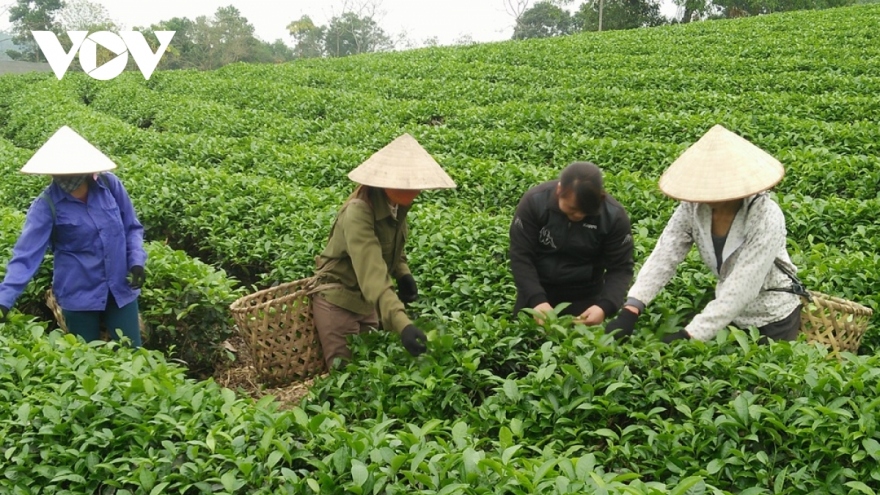
Tea exports record double-digit growth in 2022
VOV.VN - Tea exports in the fourth quarter of 2022 amounted to 54,000 tonnes, bringing in US$79 million, up 53.6% in volume and 30.3% in value compared to the same period from last year.

Rice exports set for major breakthroughs in 2023
VOV.VN - Vietnamese rice exports are forecast to see major breakthroughs this year thanks to high export price recorded in 2022 coupled with China's reopening.
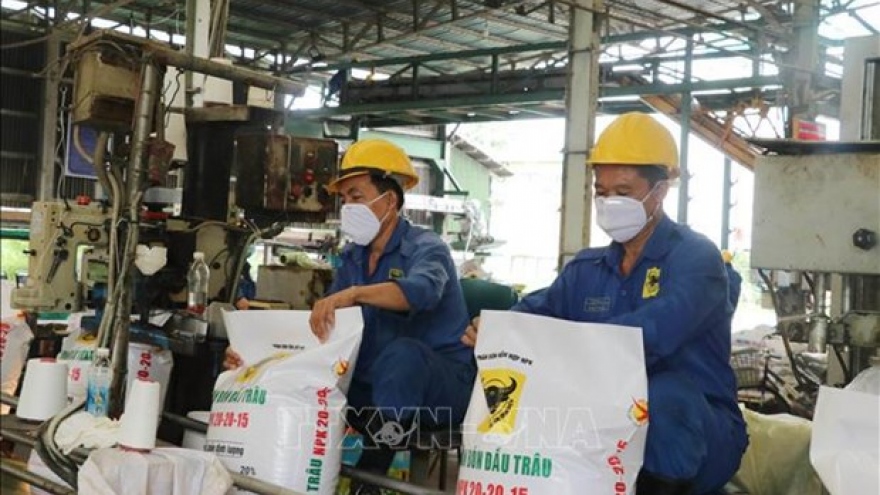
Fertiliser exports set new record
Fertiliser exports have set a new record, as the nine-month revenue was already US$300 million higher than last year’s figure, the Dau tu (Vietnam Investment Review) reported.
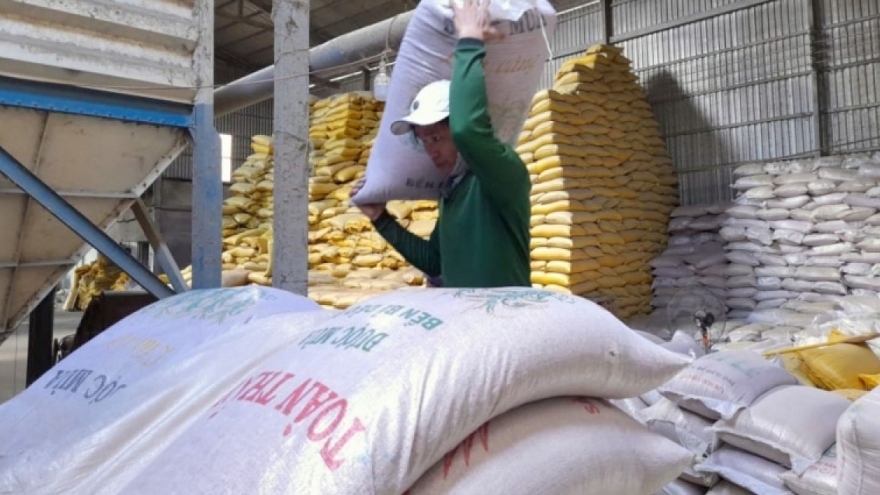
Vietnamese rice price soars amid India tightening export restrictions
VOV.VN - India’s official ban placed on broken rice has led to a negative impact on the global rice market, resulting in the price of Vietnamese rice to increase sharply and surpass that of Thai rice, according to details given by the Vietnam Food Association (VFA).


